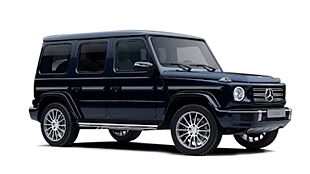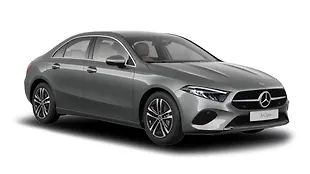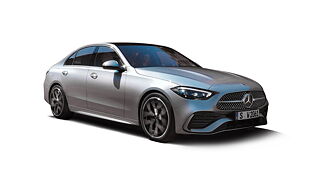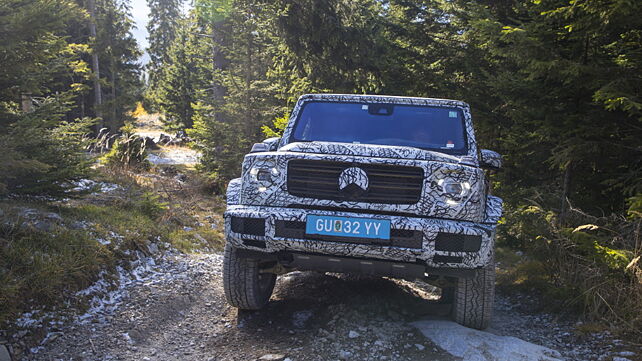
Mercedes has setup a rendezvous with the all-new Mercedes G-Class at the Detroit Motor Show on 15 January. But before we get to see the all-new design, most of the mechanical details are out in public. So here is a little rundown on what you can expect from the all-new fourth generation G-Wagon.
Iconic Design
The 2018 G-Wagon has been developed ground-up with an all-new chassis that is much lighter than the current generation car. It will be more rigid and yet have more flex and handling characteristics. Of the little that we could glimpse through the camouflage, we are certain that Mercedes will retain the iconic design. The typical Gelandewagen look will be carried over with the vertical grille, the fender mounted turn indicators and the three-cab box of the cabin. But the edges will be rounded and subtle changes will be made in the proportions to reduce the wall-like aerodynamic drag.
Cabin and features
We have already had a peek into the G-Wagon’s cabin and it has become plusher than ever. The dash is still utilitarian and vertical, but gets an all-new layout with round AC vents and twin screens – one for the dash and one for the infotainment. Thanks to the new platform, the G-Wagon will offer more space to each of the seating rows and should be much more comfortable than before. In terms of features, expect all the bells and whistles like ventilated seats, electric sunroof along with electric adjustment for seats, steering, mirrors and everything else.
Engine and off-road ability
We have been happily relieved to see the G-Wagon prototypes crawling over rocks and hitting rough terrains with elan. Mercedes has worked positively towards preserving the G-Wagon’s DNA and the new car will get individual differential locks for both the axles along with a central differential-lock. It stands tall and at the factory setting, it will still tower over most obstacles, making it a capable off-roader. It will be powered by the 3.0-litre V6 petrol and diesel engines globally along with the blown out AMGs with large wheels that keep them best suited for pavements.

Image source: Autoblog.com

![Mercedes-Benz G-Class [2013-2018] Image Mercedes-Benz G-Class [2013-2018] Image](https://imgd.aeplcdn.com/272x153/ec/19/08/19600/img/m/Mercedes-Benz-G-Class-Right-Front-Three-Quarter-54968_ol.jpg?t=171114150&t=171114150&q=80)
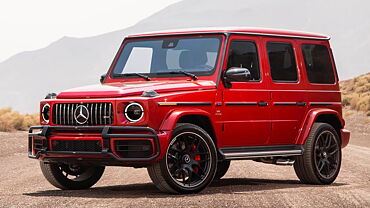






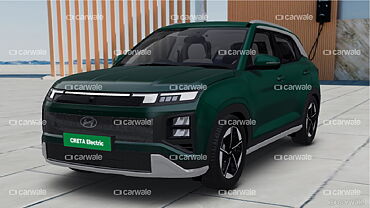


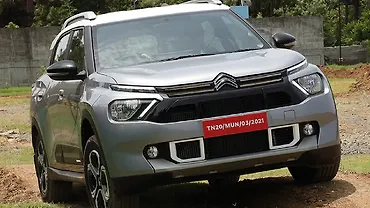
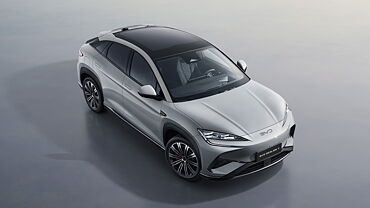
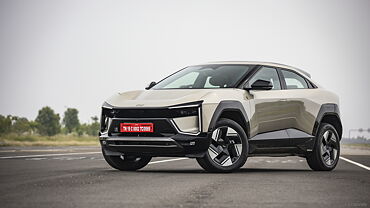
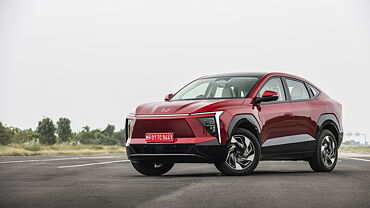

![Mercedes-Benz G-Class [2013-2018] Right Front Three Quarter Mercedes-Benz G-Class [2013-2018] Right Front Three Quarter](https://imgd.aeplcdn.com/199x112/ec/19/08/19600/img/m/Mercedes-Benz-G-Class-Right-Front-Three-Quarter-54968_ol.jpg?v=201711021421&q=80)
![Mercedes-Benz G-Class [2013-2018] Driving Mercedes-Benz G-Class [2013-2018] Driving](https://imgd.aeplcdn.com/199x112/cw/ec/20314/Mercedes-Benz-G-Class-Driving-58269.jpg?v=201711021421&wm=1&q=80)
![Mercedes-Benz G-Class [2013-2018] Right Front Three Quarter Mercedes-Benz G-Class [2013-2018] Right Front Three Quarter](https://imgd.aeplcdn.com/199x112/cw/ec/20314/Mercedes-Benz-G-Class-Right-Front-Three-Quarter-58261.jpg?v=201711021421&wm=1&q=80)
![Mercedes-Benz G-Class [2013-2018] Dashboard Mercedes-Benz G-Class [2013-2018] Dashboard](https://imgd.aeplcdn.com/199x112/ec/8293/img/l/6268.jpg?v=201711021421&q=80)
![Mercedes-Benz G-Class [2013-2018] Dashboard Mercedes-Benz G-Class [2013-2018] Dashboard](https://imgd.aeplcdn.com/468x263/cw/ec/20314/Mercedes-Benz-G-Class-Dashboard-58242.jpg?v=201711021421&wm=1&q=80)


























